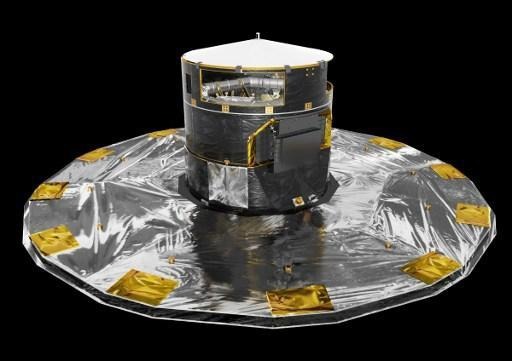Belgian scientists are participating in the development of a three-dimensional map indicating the positions and movements of over a billion stars, the Royal Observatory of Belgium, ORB, which is involved in the research, announced on Wednesday. The Gaia satellite has been observing the sky for the European Space Agency since July 2014. Located about 1.5 million kilometres from the Earth, it rotates around the Sun and detects any change in the movement of an object in space by measuring, many times per day, the position and movement of the stars as well as their temperature, colour, diametre and magnitude (luminosity). Gaia is thus able to detect stars a million times duller than those that can be seen with the naked eye.
For about eight hours a day, the satellite transmits the data collected, which is then analysed by astronomers from about 20 European and non-European countries, including Belgium, Algeria, Brazil, the United States and Israel. “The very large quantity of data produced by Gaia – more than a million gigabytes for the entire mission – requires an enormous power of calculation and an extensive international scientific expertise,” the Observatory explained.
Each of the participating universities and institutions is contributing to a given field of analysis. KU Leuven is focusing mainly on classifying variable stars (stars whose luminosity fluctuates) detected by Gaia. The ORB and the University of Liège are analyzing, among other things, the speed at which a star approaches or moves away from Earth, just as the University of Antwerp, which is also studying the variability of stars. The Brussels Free University, ULB, is project coordinator for Belgium and is analyzing three sub-groups of multiple stars (systems comprising many stars that orbit around their centre of mass).
The Belgian participation in the mission was made possible by financing from the Belgian Federal Science Policy Office, Belspo.
Thanks to this mapping, which is unique in its precision and scope, the international astronomers hope to retrace the path of each star over millions of years in the past and predict its future trajectory.
The Brussels Times

